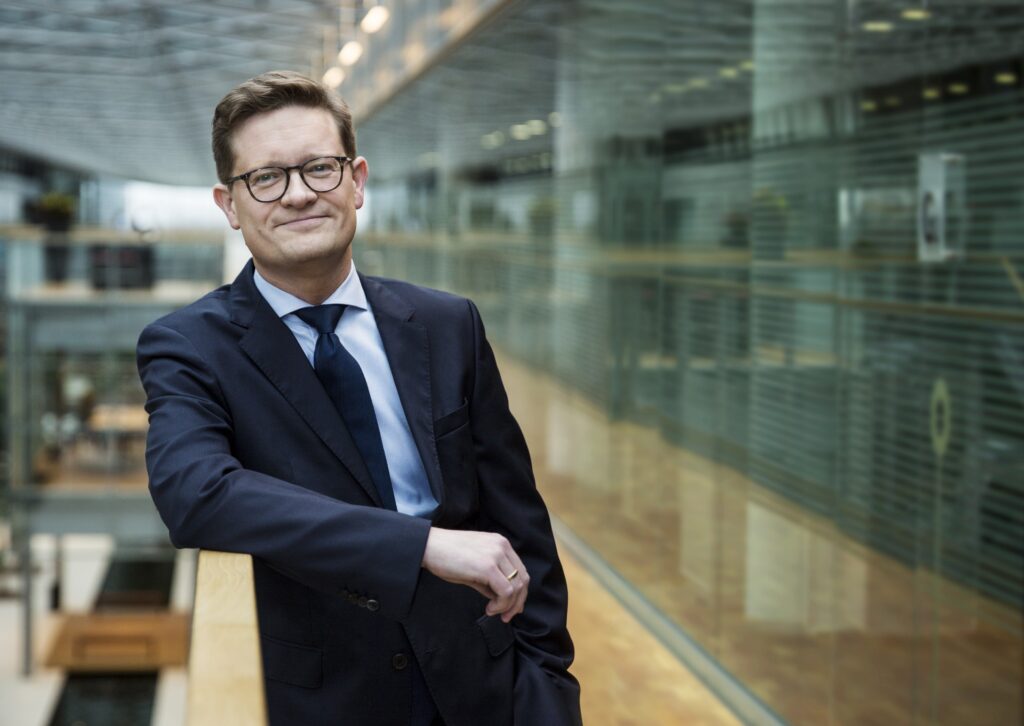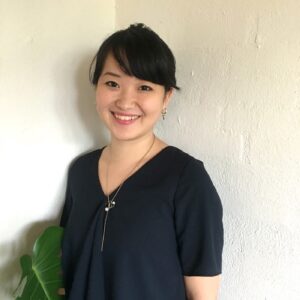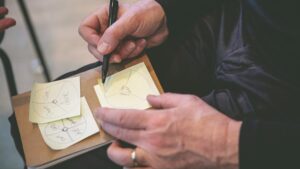Discover the Danish Work-Style Reforms Providing Happiness

What are the working styles for businesspeople in the “world’s happiest country?” We asked two of Denmark’s biggest companies about their work values.
The original article “Danish work-style reform” is a part of the WORKMILL with Forbes JAPAN Issue 2 -The Danish way ©WORKMILL
The more you work, the more you achieve. This Japanese-style way of thinking is outdated. Looking at the average annual working hours per person, Denmark works about 300 hours less than Japan. The law stipulates that a working week is 37 hours. Yet, the per-capita nominal GDP rankings put Japan at 22nd while Denmark stands higher at 9th.
What can Japan learn from Denmark?. Jon Holst-Christensen, HR Director of LEO Pharma that sells products in over 100 countries worldwide, says, “to maximize employee performance, we make sure that we do not overburden competent employees.” This is diametrically opposed to Japan’s way of tasking the more skilled employees with more work. “We do it this way because long working hours sap creativity.”
Working hours are also set shorter at LEO Pharma. The average workday starts between 7:00 and 8:00 in the morning, finishing at 4:00 or 5:00 in the afternoon. Some employees who have young children leave as early as 3:00 p.m. As a rule, there is no overtime. “We tell our employees to forget about their work when they’re at home. We want them to come to work the next day nice and refreshed,” Holst-Christensen says.
Employees also have six weeks of annual leave. In Japan, there tends to be a mountain of work to be taken care of after a break, but at LEO Pharma, other people take care of work that piles up during another’s leave. This is because they feel that having to work twice as hard to make up for the time you took off makes no sense. Thorough implementation of this system has led Glassdoor, the American HR site, to give LEO Pharma a high work-life balance score.
LEO Pharma ◎ A pharmaceutical company founded in 1908. It boasts one of the world’s largest shares of skin medications. There are about 4,800 employees. It operates its own sales outlets in 61 countries around the world.
Pros and Cons of Hygge (Interview of Mika Yasuoka)
Mika Yasuoka ◎ Japanordic Representative. PhD, IT University of Copenhagen. After serving as an associate professor at ITU, she has worked at the Technical University of Denmark since spring 2018.
The main characteristic of the Danish working style is that to them, work is only a part of their lives. Firmly rooted in their thinking is the idea that work can be cut off when the time comes, and they will never work more hours than what is listed in their contracts. If the shop closes at 5:00 p.m., they will start cleaning up at 4:45 so as to finish work at 5:00 on the dot. They then spend time on their hobbies and themselves.
While this system does create time for hygge, it also makes it harder for entrepreneurs in Denmark. It is challenging for skilled people to develop skills when they can only work limited hours, and as matters stand, ambitious people end up migrating to the UK or the USA.
Conversely, it is difficult for foreigners to find work in Denmark. Two necessary conditions to become employed are having been educated in Denmark (a master’s course at minimum) and being able to speak Danish. As Denmark is a small country, most people are hired through personal connections.
Despite this, for Danes, this is an environment that allows them to find jobs that suit them. The unemployment rate is 7%. This may seem high compared to Japan, but thanks to flexicurity, people do not rush into any old job that’s hiring. And in Denmark, whether one is a physician or a garbage collector, there is very little variation in one’s lifetime wages. People who wish to work hard and those who value their free time can both work in ways that match their own values.
Something more important than figures
The energy company Ørsted has approached productivity from the perspectives of employee motivation and trust relationships. The company changed its name in 2017, announcing that it was withdrawing from the oil and natural gas business to focus on being a green energy business. It has already generated substantial profits from wind power and is set to make offshore wind power generation a core business.
Ørsted was one of Europe’s largest coal-based power companies. What is the secret to how this huge company, with about 5,600 employees, succeeded in such a dramatic change of direction? “We train leaders with high abilities who are supported by the staff immediately under them,” says Vice President Jakob Askou Boss. “There are high levels of trust in the management at Ørsted, and the general staff rates their direct managers higher than in the average Danish company.”
This creates a cooperative system with strong trust relationships between the management and staff, which generates results. This means that even if one becomes a leader if they don’t possess the right qualities, they will be demoted. This is quite different from Japan where seniority is emphasized.
Because the staff trusts the management, the system remains intact even when the company’s direction changes. Japanese and American managers often say, “targets and figures must be shared with the staff in order to succeed.” However, the two we interviewed never so much as mentioned “targets” or “figures.” That is because, in Denmark, enriching people’s daily lives and personal relationships are seen as the key to success.
Ørsted ◎ Founded in 2006 as the national electrical power utility DONG Energy. After spending over a dozen years investing in renewable energies and selling off its existing oil and natural gas businesses, it announced that it was going to focus only on green energy.






